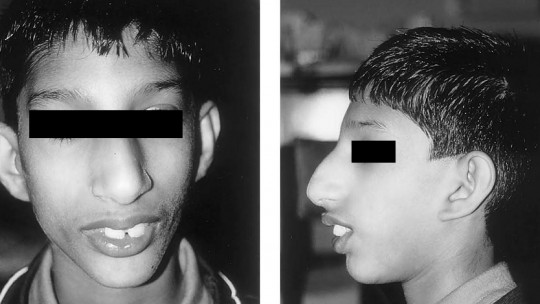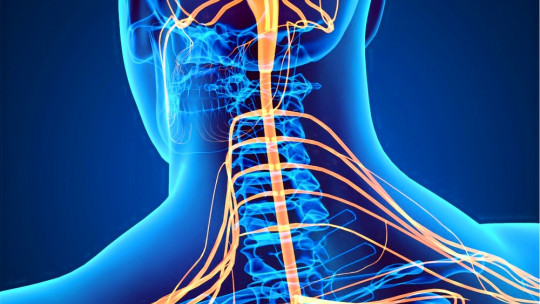
Human beings have approximately 25,000 genes within their body. Despite this large number, only about thirty need to disappear for all types of congenital syndromes to arise.
One of these conditions is Williams syndrome a disease categorized as rare that gives those who suffer from it a series of characteristic facial features and an extroverted, sociable and empathetic personality.
What is Williams syndrome?
Williams syndrome, also known as monosomy 7 is a genetic condition of very low incidence, caused by a lack of genetic components on chromosome 7.
The first to describe Williams syndrome was cardiologist JCP Williams. Williams detected a series of symptoms that formed a strange clinical picture. Among these symptoms was a delay in mental development, a very distinctive facial appearance and a heart defect known as supravalvular aortic stenosis. Which consists of a narrowing of the aorta artery.
Curiously, the German professor Alois Beuren described this same symptomatology almost simultaneously. Therefore, in Europe this disease is also known as Williams-Beuren Syndrome.
This strange genetic syndrome appears in approximately one in every 20,000 girls and boys born alive and affects both men and women in the same proportion.
What are your symptoms?
The clinical picture of Williams syndrome is characterized by presenting a broad symptomatology that affects a large number of systems and functions of the body This symptomatology can manifest itself at a neurological and cardiovascular level, in the auditory and ocular systems, and in facial features.
However, this symptomatology It does not usually appear before reaching 2 or 3 years of age Nor do all the symptoms described below tend to come together.
1. Neurological and behavioral symptoms
2. Facial features
Cardiovascular symptoms
In 75% of cases a narrowing of the supravalvular aorta and pulmonary artery appears However, alterations may appear in other arteries or blood vessels.
Endocrine-metabolic symptoms
Musculoskeletal symptoms
Skin symptoms
Decrease in elastin that causes signs of early aging
Symptoms of the digestive system
- Chronic constipation.
- Tendency towards inguinal hernias
Symptoms of the genitourinary system
- Tendency to urinary infections
- Nephrocalcinosis
- Tendency to nocturnal enuresis.
- Tendency to form diverticula or abnormal cavities that form in the digestive system
Eye symptoms
- Myopia.
- Squint.
- starry iris
Symptoms of the auditory system
- Hypersensitivity to sounds or hyperacusis.
- Tendency to ear infections during childhood.
What are the causes of this syndrome?
The origin of Williams syndrome is found in a loss of genetic material on chromosome 7, specifically in band 7q 11,23 This gene can come from either parent and its size is so small that it is barely possible to detect it under a microscope.
Nevertheless, Despite the genetic origin of the syndrome, it is not hereditary The reason is that the alteration in the genetic material occurs before the formation of the embryo. That is, this loss of material comes along with the egg or sperm that will form the fetus.
Although there is still a lot of misinformation about Williams syndrome, it has been discovered that one of the genes that is not found on the chromosome is the one responsible for synthesizing elastin. The lack of this protein would be the cause of some symptoms such as stenosis the tendency to suffer hernias or the signs of premature old age.
How is it diagnosed?
Early detection of Williams syndrome is essential so that parents have the opportunity to plan the child’s treatment and follow-up options, as well as avoid the accumulation of tests and examinations that do not have to be essential.
Today, more than 95% of cases of this syndrome are diagnosed early using molecular techniques. The most widely used technique is known as fluorescence in situ hybridization (FISH), during which a reagent is applied to a portion of DNA from chromosome 7.
- You may be interested: “Differences between DNA and RNA”
Is there treatment?
Due to its genetic origin still No specific treatment has been established for Williams syndrome However, specific interventions are carried out for those groupings of symptoms that pose a problem for the person.
It is necessary that a multidisciplinary group of professionals is responsible for the treatment of Williams syndrome. Within this team there must be neurologists, physical therapists, psychologists, psychopedagogues etc.
With the aim of integrating these people both socially and professionally intervention through developmental and language therapy is required, and occupational therapy. Likewise, there are support groups for parents or family members caring for people with Williams syndrome in which they can find advice and support for care and day-to-day life.








